A Study on the Construction of China's National Image in Corpus-based English Textbooks: A Case Study of Chinese and Japanese Textbooks
DOI: 10.23977/jhrd.2024.060304 | Downloads: 54 | Views: 1274
Author(s)
Jinfeng Wang 1, Xiaochen Hua 1
Affiliation(s)
1 School of Foreign Languages, Hefei University of Technology, Hefei, China
Corresponding Author
Jinfeng WangABSTRACT
English teaching materials serve as the most direct and authoritative channel for English learners in their language acquisition process. They also play a crucial role in cultural transmission, knowledge dissemination, and national image construction. Based on the comparison of the national image of China in the English textbooks of China and Japan, this paper, by understanding the similarities and differences in the construction of national image between the two countries, masters the image of China created in the Japanese textbooks, and contributes to the dissemination of China's national image under the background of "telling Chinese stories well". The method of quantitative and qualitative analysis is adopted in this study. The research finds that in terms of the proportion of Chinese images presented, Chinese English textbooks show a higher frequency of occurrence when displaying national images, and the content is richer and diversified. In terms of presenting Chinese images, Chinese English textbooks uphold the principle of neutrality and comprehensiveness, depict the image of China as the inheritor of history and culture in multiple dimensions, and highlight China's international influence. Regarding the strategies for presenting Chinese images, Japanese English textbooks have potential one-sidedness and misleading strategies for compiling Chinese images, which have certain biases and tendencies. Chinese English textbooks present a comprehensive image of China as a country connecting the past, present, and future, playing an important role in global affairs.
KEYWORDS
Corpus, English teaching materials, national image, ChinaCITE THIS PAPER
Jinfeng Wang, Xiaochen Hua, A Study on the Construction of China's National Image in Corpus-based English Textbooks: A Case Study of Chinese and Japanese Textbooks. Journal of Human Resource Development (2024) Vol. 6: 20-30. DOI: http://dx.doi.org/10.23977/jhrd.2024.060304.
REFERENCES
[1] Michael Kunczik. (1996) Images of Nations and International Public Relations, Lawrence Erlbaum Associates, Inc, Mahwah.
[2] Martin, I.M.; Eroglu, S. (1993) Measuring a multi-dimensional construct: Country image. Springer, Berlin.
[3] Kotler, P.; Gertner, D. (2002) Country as brand, product, and beyond: A place marketing and brand management perspective. Palgrave Macmillan, London.
[4] Zhu, Boyan, Hong Cheng, Wayne Wanta, and Liang Zhu. (2022). China's Domestic Image and Media Use: A Case Study and Empirical Analysis of China's Post-90s Generation. Sustainability.14,9: 5553.
[5] Magnusson, P., Westjohn, S.A. and Sirianni, N.J. (2019), Beyond country image favorability: how brand positioning via country personality stereotypes enhances brand evaluations. Journal of International Business Studies, 50(3),318-338.
[6] Bourdin, D., Halkias, G. and Makri, K. (2021), The compensatory influences of country stereotypes and the global/local nature of brands: an extended framework. Journal of Business Research, 137, 28-38.
[7] Boulding, K. E. (1959) National images and international systems. The University of Michigan Press, the United States of America.
[8] Hasan Saliu, (2020) The Evolution of the Concept of Public Diplomacy from the Perspective of Communication Stakeholders. Medijska istraživanja: znanstveno-stručni časopis za novinarstvo i medije, 26(1), 69-86.
[9] Motsi, T., & Park, J. E. (2019). National Stereotypes as Antecedents of Country-of-Origin Image: The Role of the Stereotype Content Model. Journal of International Consumer Marketing, 32(2), 115–127.
[10] Kálmán BG, Grotte JK.(2023) The Impact of Travel and Tourism Sustainability on a Country's Image and as the Most Important Factor in the Global Competitive Index: Building Brands Based on Fogel, Schultz, and Schumpeter. Sustainability 15(22):15797.
[11] Canevello, A., and Crocker, J. (2015) How Self-Image and Compassionate Goals Shape Intrapsychic Experiences. Social and Personality Psychology Compass, 9: 620–629.
| Downloads: | 8178 |
|---|---|
| Visits: | 249787 |
Sponsors, Associates, and Links
-
Information Systems and Economics
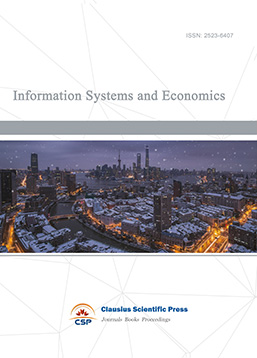
-
Accounting, Auditing and Finance

-
Industrial Engineering and Innovation Management

-
Tourism Management and Technology Economy
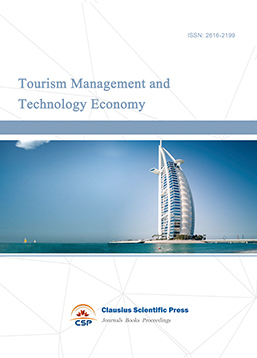
-
Journal of Computational and Financial Econometrics
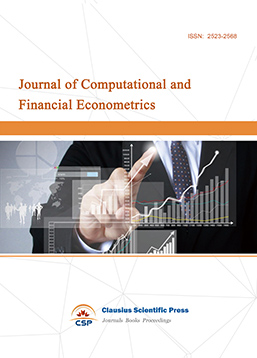
-
Financial Engineering and Risk Management

-
Accounting and Corporate Management

-
Social Security and Administration Management

-
Population, Resources & Environmental Economics
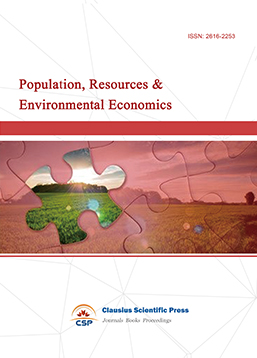
-
Statistics & Quantitative Economics

-
Agricultural & Forestry Economics and Management
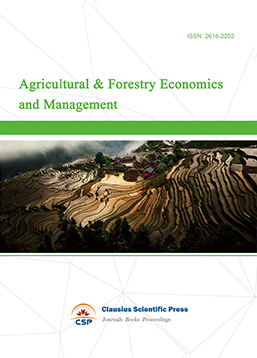
-
Social Medicine and Health Management

-
Land Resource Management
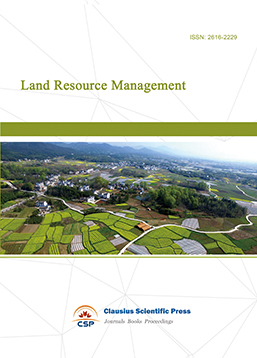
-
Information, Library and Archival Science
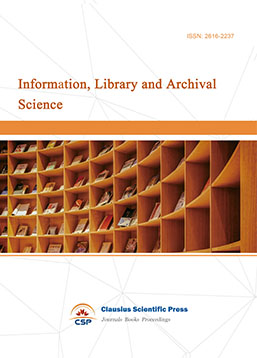
-
Manufacturing and Service Operations Management

-
Operational Research and Cybernetics


 Download as PDF
Download as PDF